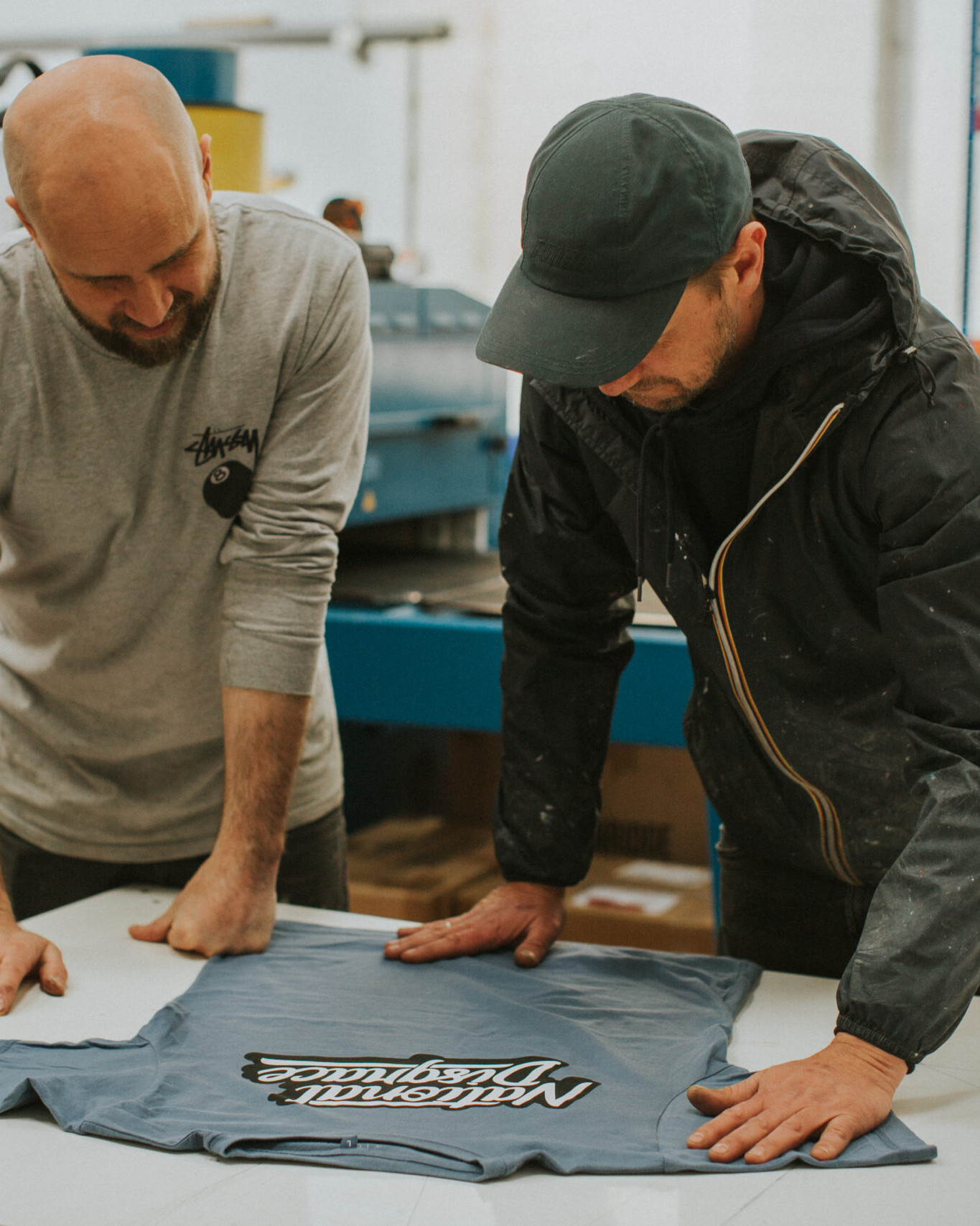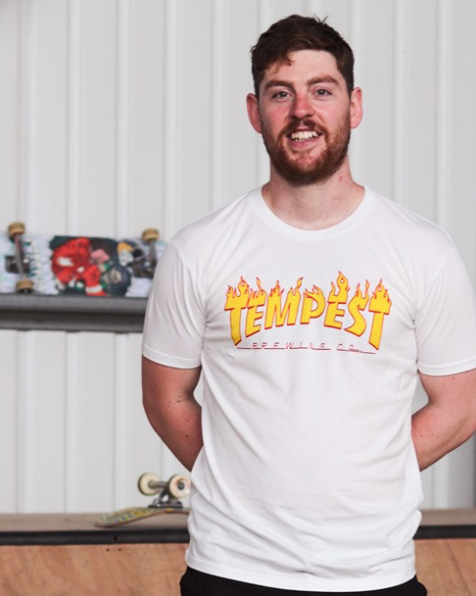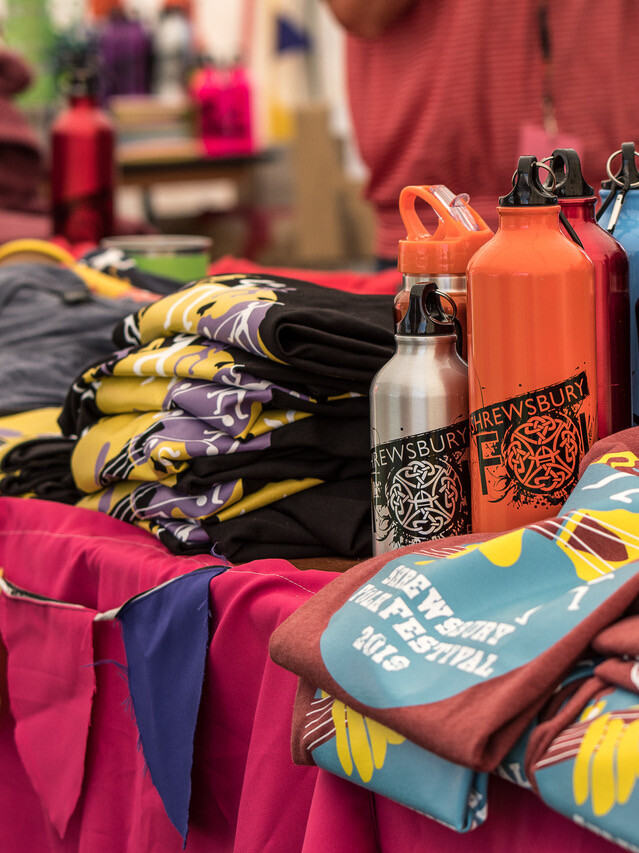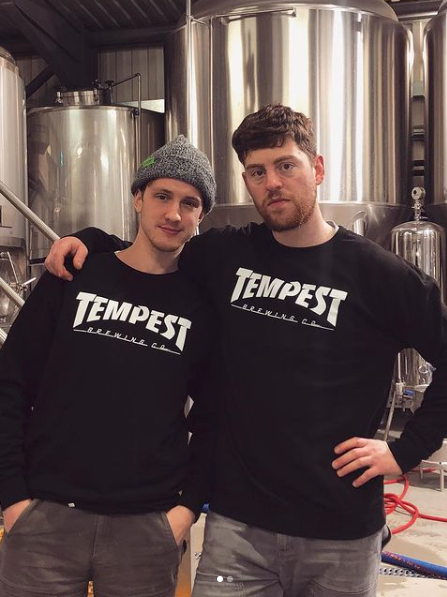Screen Printing
We supply, print and embroider great looking, super soft garments that you and your customers will wear time and time again!
Vibrancy
Our high solids water-based and plastisol inks have great opacity resulting in prints with excellent brightness and colour vibrancy.
Productivity
Large volume production is faster and more cost-effective than any other garment decoration technique.
Versatility
Screen Printing is extremely versatile, it can be applied to almost any type of garment using a number of different inks and techniques.
Durability
Screen Printing is highly durable, usually outlasting the life of the garment itself.
What is screen printing?
In basic terms, Screen Printing is the process of pushing ink through a stencil or mesh (with the use of a squeegee) to create a printed image. At Flood we specialise in a ‘water based’ Screen Printing service. Separate screens are required for each colour within your design. So the fewer colours in the artwork, the less it costs to print. In most cases when printing onto dark garments, an under-base layer is required to ensure the print is bright and vibrant.
Screen Printing is our most popular and still the best method for printing your unique design or logo onto garments and bags. Minimums start at 20 items, but we are capable of reproducing 1,000’s of prints every day with precise repeatability. Although water based is our ‘go-to’ ink, we also use discharge and plastisol. Whether your artwork is a single colour, multi-colour design or special fx print, Screen Printing will work for you!


Flood understands that what you wear says a lot about who you are. That’s why our number one priority when garment printing is a commitment to quality. From the brands we offer to artwork services, to the finished product. Whether you need printed T-shirts, DTG tote bags, transfer tags for rebranding, embroidered hats (or anything in between), we offer an unrivalled service that gets your product to you quickly and more importantly looks fantastic.
We offer a huge range of products such as T-shirts, hoodies, jackets and even underwear to name a few – if you can wear it, we can supply and print it! Our equipment allows us to offer fast turnaround times while maintaining our commitment to producing top quality custom apparel. We’re equipped to handle any size order – from new brands and small businesses, to large festivals and promotional events. Flood has swift, efficient and economical options for all of your garment decoration needs.
Customer satisfaction guaranteed
We’re a family run screen printing company in the UK, that’s one of the reasons we treat our customers like family. Clients are consulted every step of the way, throughout the process. From garment sourcing to design layouts, print methods to ink choices. All jobs are completed with the utmost attention to detail. It doesn’t matter to us whether a job is big or small, local or nationwide — it is treated as a creative collaboration and tackled in the same way. With over 20 years of combined experience in the garment and print industry, we are able to understand and adapt to any design you can imagine. Looking for contract screen printing? Contact us to find out more.
Styles of Printing
Spot Colour
Spot colour printing is the most common technique used in the industry and it makes up the vast majority of what we print. Knowledge of creating, applying and handling spot colours is essential to any screen printer. Spot colour designs are usually created through the use of vector graphics programs such as Adobe or Corel (other brands are available). Spot colours, such as Pantones, can be printed as solid shapes or as halftones to create gradients.
Four colour process (CMYK)
This is one of the oldest reproduction print methods still used today. With this process, a full colour photo or image is taken and broken down into its four basic colours; cyan, magenta, yellow, black (CMYK). These are then ‘mixed’ in particular percentages using specific halftone screen angles. It works best on white or pastel colours, as printing onto darker garments will require the use of additional colours and underbase screens. ‘Cartoon’ type graphics are particularly suitable to this style. We need to separate the colours in your artwork, an individual screen will need to be used for each CMYK colour. Separation charges may apply.
Simulated Process
This process involves printing a single colour or multiple colours in gradients or halftones. Similar to CMYK, it’s a great way to produce the illusion of multicolour printing without the expense of actually doing it. Simulated process printing is a reliable way to reproduce images with lots of colours, onto darker garments. The procedure requires us to separate your artwork in order to calculate the number of colours and screens required. We will need to see your design in order to provide an accurate quote. Separation charge will also apply.
Ink Types
Special Effects Inks
This is a broad term to describe anything that is not standard. These may include fluorescent colours, glitters, shimmers, puff prints, etc. The setup may be slightly different to standard printing so quantities and cost will reflect this choice.
Water based Ink
Water based inks produce a softer & more breathable print than plastisol, as they offer more penetration into the fabric. But, being water based doesn’t mean they won’t last as long. The main difference to plastisol is that water is used instead of solvents to produce the ink. This means we don’t have to use harsh chemicals during cleanup. For that reason, water based ink is a great option for those looking for an environmentally friendly and more sustainable print solution. The inks can also be matched to any Pantone code.
Discharge Ink
Discharge printing resembles water based printing, with an added ‘bleaching agent’. Discharge inks are applied to certain ‘dischargeable’ dark coloured garments (100% cotton works best) to produce bright, soft prints. As the discharge inks are printed and heat cured, the original dyes in the garment are being removed from the image area and replaced with a pigment colour. Discharge inks produce crisp results that feel much softer than plastisol. Unfortunately, Pantone PMS colours are approximate and not exact with this ink.
Plastisol Ink
Most screen printers will use Plastisol ink for ease of use. It won’t dry in the screens as easily as water based ink and is easier to cure. Plastisol is a suspension of PVC particles in a plasticiser. It is more cost effective to use than water based and produces bold and crisp results. The ink sits on top of the fabric, (rather than soaking in) which means the finished product has more of a rubbery feel to it. The inks can be matched to any Pantone PMS numbers, similar to water based inks.



